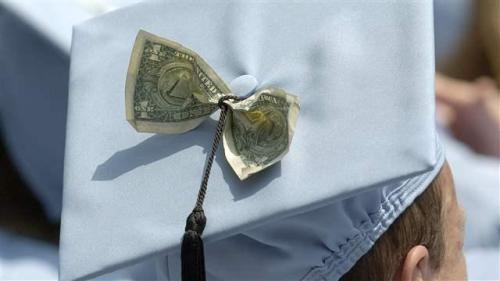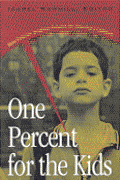Board meetings of college trustees can be depressing affairs these days. Simply passing on rising costs—some of them externally imposed, others the harvest of bad or avaricious executive judgments—to compliant customers is rapidly becoming a thing of the past. Prospective students and their anxious parents are increasingly resistant to tuition hikes and crushing debt. Young Americans realize that a degree no longer ensures a full-time job related to their major; indeed, employer surveys indicate that more than half of America’s graduates cannot find full-time work in their primary field of study. True, some majors, such as engineering, assure a good return on investment, but others, like psychology, do not. Meanwhile, the ability of colleges to mask the real-world benefits of their degrees is eroding fast thanks to scorecards from U.S. News, Kiplinger’s, and Forbes. Families now incline to toss the glossy brochures and do the math.
Even more worrying and confusing to college presidents and trustees is the challenge coming from purveyors of online education products, from both for-profit companies and some of their own kind. In particular, the appearance of “massive open online courses” (MOOCs) over the past few years has thrown many of them for a loop. As others have warned, more such innovations are in the works.
Still, it’s hard for most college leaders to believe that the “sage on a stage” business model truly could be doomed. It has lasted for more than 2,000 years, after all, with just a few minor modifications like PowerPoint, email, and online research. However, if today’s college leaders—even at the Ivies—believe they can merely tweak their business models to carry them into the future, then they are in for an even more unpleasant surprise. They should ponder the still recent experience of the music industry, film and television, booksellers, and news media. If they did, they would soon recognize that the higher education industry is encountering a multi-pronged and existential threat composed of successive waves of disruptive innovation. This disruption will force top-to-bottom changes in the very concept of higher education and its relationship with the broader economy.









Commentary
Tottering Ivory Towers
August 12, 2014